Please submit your message online, we will contact you as soon as possible!

Author:KANA
High-performance magnetic sensor technology has a high threshold, a wide market and a wide range of applications, and there is a huge demand in industrial automation control, medical equipment and the automotive industry, with annual global sales of more than billions of pieces, worth tens of billions of dollars.
Taking traditional fuel vehicles as an example, each vehicle is installed with an average of more than 30 magnetic sensors, covering nearly 20 applications such as crankshaft, circuit, pedal, liquid level, and buckle. In intelligent autonomous vehicles, the application of these sensors will be more and more detailed.
However, the current Chinese market sales of vehicles, magnetic sensors are all monopolized by foreign manufacturers, heavily dependent on imports, Honeywell (Honeywell), MURATA (MURATA), precision electronics (MEAS), ROHM (ROHM) and other foreign manufacturers carved up this market. Precision manufacturing, exploration, electric power, instruments and equipment
The high-end magnetic sensors used in the field of control are also controlled by international sensor giants, which lays great hidden dangers for China's industrial upgrading and autonomy process.
The research and development foundation of the domestic magnetic sensor manufacturing field is very weak, the accumulation of equipment and talent is limited, and the product performance, yield, cost, production process and so on need to be optimized and improved.
At the same time, the domestic market should also support domestic magnetic sensor manufacturers, and cultivate and promote the market of independent products within the industrial chain.

Pressure sensors have always been one of the largest types of shipments and usage in the sensor field, especially wide-temperature silicon pressure sensors and chips, which is also the direction of the relatively large gap between China and the world's advanced level.
In terms of specific technical parameters, the high-reliability MEMS high-temperature silicon pressure sensor with a temperature range of -55℃ ~ 225℃ and an accuracy better than 0.25%FS is the focus of urgent breakthrough.
At the same time, low-stress leadless package, temperature compensation, high temperature special circuit (ASIC) chip and other key technologies, the development of measurement and control interface circuit, is the key to achieve mass production and application in major technical equipment.
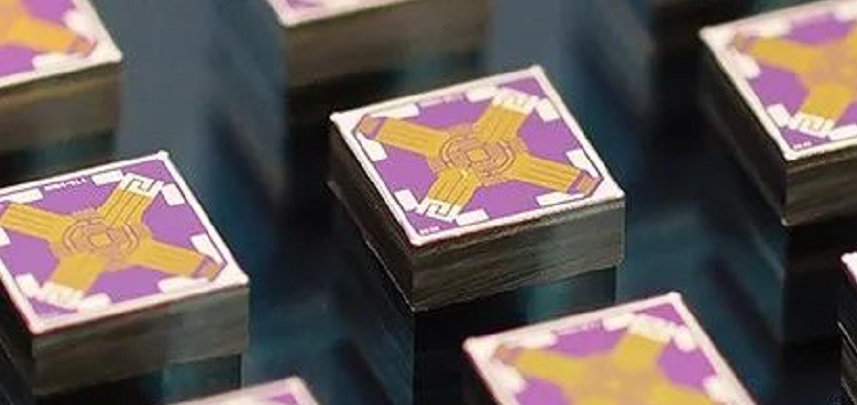
Intelligent fiber optic sensor is mainly used for the condition monitoring of aero-engine and heavy-duty gas turbine, to measure the pressure, temperature, vibration, strain, displacement, tail gas composition and other parameters in the working process of the engine in real time, and to provide data support for the working state, health state and fault analysis of the engine/gas turbine.
We know that optical fiber sensors naturally have the ability to resist electromagnetic and atomic radiation interference, with high operating temperature, multi-sensor networking, signal pre-processing analysis, digital universal interface and many other advantages, so smart optical fiber sensors have a great role in major engineering equipment.
Known as the crown jewel of the manufacturing industry - engine/gas turbine, the application of intelligent fiber optic sensors is indispensable. International industrial giants - GE, Siemens, Pratt & Whitney, Rolls-Royce, etc., have used smart fiber optic sensors for condition monitoring of their engine/gas turbine products.
The research of optical fiber intelligent sensor in China started late, and compared with other sensor fields, the attention is not enough, the investment of human and material resources is less, and the development level is relatively different from that of foreign countries, and the gap in the field of intelligent optical fiber sensors for combustion chamber ultra-high temperature environment is particularly obvious.

MEMS gyroscope is the basic component of the semiconductor industry, widely used in consumer electronics, industry and other fields, the technical threshold is at a high level in the sensor field, domestic and foreign manufacturers have invested heavily, but high-end product research and development work is mainly concentrated in universities and scientific research institutes.
Europe, the United States and Japan have a number of relevant enterprises and scientific research units in this field has made breakthrough progress, but China started late in this respect, slow development, domestic MEMS gyrochip independent design and mass production capabilities of enterprises are few, only Shuimu Zhixin, Ming 皜 sensor and so on a few, and the output and market share are very low.
According to the "China Sensor (Technology and industry) Development Blue Book", the MEMS gyro chips used by many domestic consumer electronics manufacturers basically rely on imports, and it is conservatively estimated that the import rate of MEMS chips reaches more than 80%.
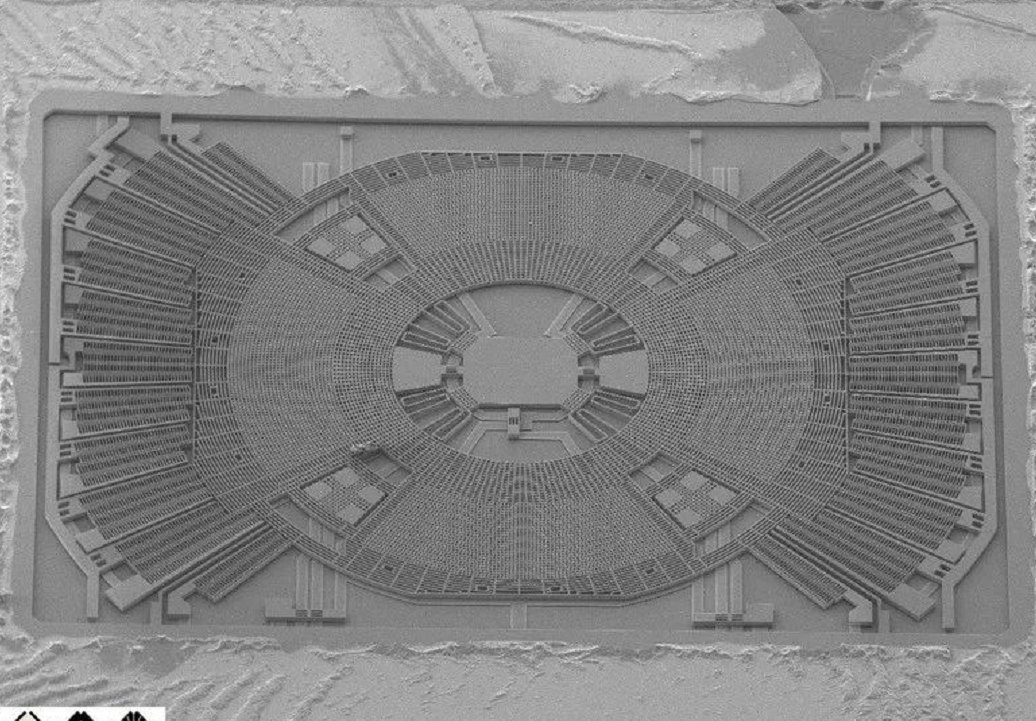
In the field of domestic gas sensors, there are large and medium-sized enterprises such as Hanwei Technology and Sifang Optoelectronics, but most of the products are individual gas sensors, which are one generation behind the international average level and two generations behind the advanced level of Germany.
At present, the international advanced intelligent gas sensors can integrate gas sensing, signal acquisition, information processing, calibration data storage, temperature compensation and digital interface functions in a small package.
Cambridge CMOS Sensors(CCS) Gas sensors in the DFN/LGA package have a maximum size of no more than 2.7mm x 4mm and a maximum power consumption of no more than 10mW. Bosch has introduced MEMS environmental sensors that combine gas, pressure, temperature and humidity sensors. The size of the gas sensor in the DFN package reaches 2.45mm x 2.45mm x 0.75mm.
These representative gas sensors are still not the technical level of domestic manufacturers can reach, in the sensitive material research and development, sensitive material loading technology, integrated signal conditioning acquisition technology, multi-sensor data fusion technology, intelligent gas sensor SIP packaging process, mass sensor batch calibration technology, there is a large gap, need to be improved.
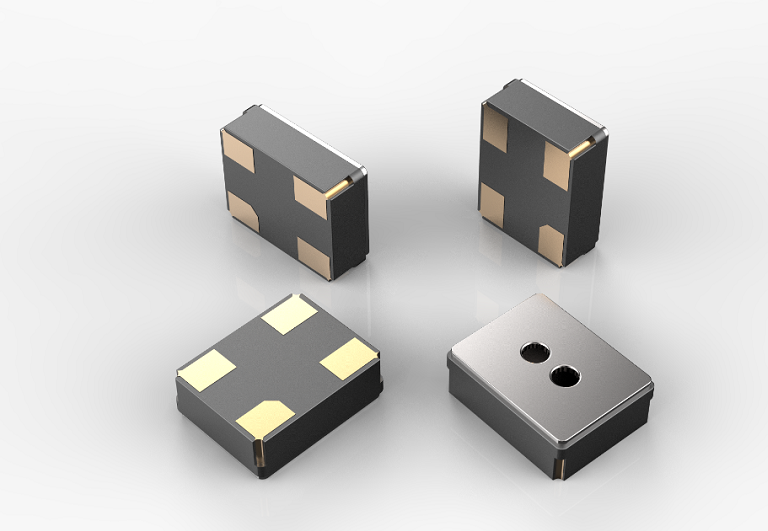
Infrared sensor market demand is wide, in the domestic sensor is a relatively early start in the field, at present, there are Gaode infrared, Ruchuang micro Na, Dali technology, Sough infrared and other large infrared sensor and thermal imaging enterprises. However, in the subdivision of infrared array sensors, there is still a big gap with the advanced level of foreign countries.
Infrared array sensor refers to an infrared sensor that integrates 80×60 to 240×180 sensitive units on the same chip, which can receive and detect the infrared energy radiated by the target object, and output electrical signals related to the temperature distribution and infrared radiation intensity of the target object after photoelectric conversion.
Compared with the unit infrared sensors widely used in daily life, infrared array sensors have the advantages of high precision, wide detection range, and can output observable image signals, etc., and have broad application scenarios in industrial detection, home security, smart home, energy saving control, medical care, flow counting, gas detection, fire monitoring, consumer electronics and other fields. Will replace the unit infrared sensor.
According to statistics from Yole, a well-known market research institution, the infrared array sensor market has reached more than $1 billion, and the annual growth rate is as high as 50%.
The technology of infrared array sensor is monopolized by European and American manufacturers such as ULIS and FLIR, and there is a big gap between domestic manufacturers in wafer level packaging technology and signal processing special chip technology.
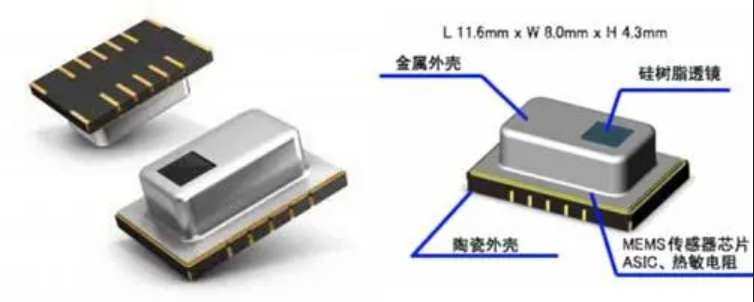
MEMS micro ultrasonic sensor has a wide range of application scenarios in the field of consumer electronics, such as millet, OPPO and other mobile phone manufacturers recently launched a "borderless" mobile phone, in order to cram in a narrow border for the screen function of the sensor, MEMS micro ultrasonic sensor is the best mature application.
The working principle of MEMS micro-ultrasonic ranging sensor is the same as that of ordinary sensor sensors, which detect the distance of objects by transmitting and receiving ultrasonic waves, but the volume is very small, which is conducive to integration, and the application scenario is broad in smart phones, smart terminals, smart home appliances, smart office equipment and so on.
The volume of MEMS micro ultrasonic ranging sensor is less than 1/10 of the current similar products, and the product realization needs to meet the requirements of high temperature mounting process, and there are high technical difficulties in the micro-piezoelectric chip processing technology, micro-assembly process, and the development of piezoelectric materials in (MEMS) process.
At present, the technology is mainly monopolized by the Japanese company Murata, and there is no domestic company with design and mass production capacity.
MEMS technology uses micro-machining technology to integrate various products into silicon-based microelectronic chips, which has many similarities with traditional IC processes, such as lithography, film deposition, doping, etching, chemical mechanical polishing, etc., some complex microstructures are difficult to achieve with IC processes, and micro-machining technology must be used, such as silicon body micro-machining technology, surface micro-machining technology.
MEMS technology will be the main manufacturing technology of future sensors, but domestic domestic MEMS development faces the lack of high-end R & D personnel, the industrial chain has not yet formed, and corporate profitability is difficult, just like the three mountains weighing on the domestic MEMS industry.
MEMS was originally used for automotive airbags, in recent years, with the development of technology, the rapid market demand, will be like computer technology and microelectronics technology to bring changes to people's lives, MEMS technology will also bring great changes to our lives.
In many scenarios, it is necessary to obtain multiple parameter data to judge the equipment and environment of measurement and control, so that a single sensor is far from meeting the demand. In multi-sensor applications, the integration of sensors using network technologies such as wired or wireless will be key.
The methods of sensor network technology are as follows: a single node collects data from multiple measurement points through multiple data channels; The data of multiple single intelligent sensor nodes are collected and processed wirelessly. Firstly, the data of multiple measurement points are collected and processed through wired mode, and then the nodes after wired processing are networked through wireless network technology, and the data is processed twice.
For example, in automotive applications, wired harnesses are traditionally used for data transmission, with a total length of nearly 2 km and up to 5 km. On the Tesla, the on-board Ethernet chip technology is used to transmit sensor signals, effectively reducing the length of the wire harness.
There are some difficulties in sensor network technology, such as network protocol technology, power consumption technology and radio frequency technology.
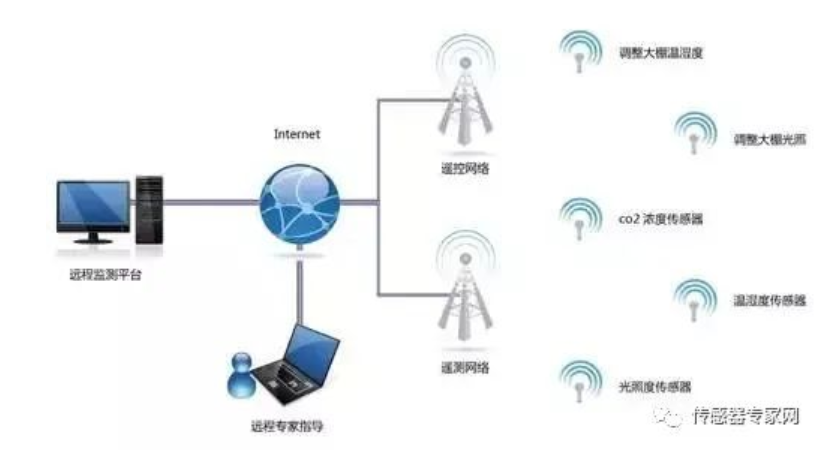
Like EDA technology, efficient algorithms play an important role in smart sensors, which can give greater play to the performance of the sensor and improve the accuracy of the sensor. At the same time, artificial neural networks, regression algorithms and other computing technologies and data fusion processing methods will be widely used in more and more complex detection, and achieve self-calibration function.
In order to make the sensor meet the requirements of specific industry applications, it is necessary to develop a new sensor intelligent algorithm, and synthesize the multi-parameter data through data fusion technology. In order to make the sensor power consumption lower, it is also necessary to research and develop intelligent control algorithm, sensor sleep algorithm, time synchronization algorithm and so on.
New application scenarios such as the Internet of Things, artificial intelligence, and robotics require sensors to be more "intelligent", and these intelligence are often given by algorithms.
11. Integrated smart sensor and microsystem module
The Internet of Things, mobile Internet and artificial intelligence technologies have a strong demand for smart sensors and microsystem modules, and global technology giants have laid out. China has been far behind Europe, the United States and Japan in the single sensor, and we are at the same starting line with foreign countries in terms of integrated smart sensors and microsystem modules.
This is a rare opportunity that China needs to seize to promote the development and industrialization of integrated smart sensor and microsystem modules based on SESUB (Semiconductor substrate embedding) and SiP (system level packaging) processes.
In addition, it develops integrated smart sensors across environmental and acoustic categories, inertial categories, as well as SiP module products for mobile phones, watches, wristbands, wireless headphones, AR/VR, IoT, IPM (intelligent power module), TPMS tire pressure monitoring and other applications in consumer electronics, automotive electronics and smart furniture.
peroration
Although on the whole, China's sensor technology is far behind foreign countries, and sensors are a huge investment and slow output return industry, domestic manufacturers are difficult to catch up in the short term.
The 11 key sensor technologies in the paper are the most urgent need to be broken in China's sensor field, and the future also has a broad demand and application scenario of the subdivision field, concentrated research and development strength single point breakthrough, lifting the cage of the neck, will also bring rich market returns.
| Some of the materials are from the Internet, reproduced only as industry sharing and exchange, do not represent the views of the company, copyright belongs to the original author. In case of infringement, please contact us. In addition, if you reprint this article, please indicate the source.
If you are interested in this article, please immediatelycontact us

Support Hotline
Please submit your message online, we will contact you as soon as possible!